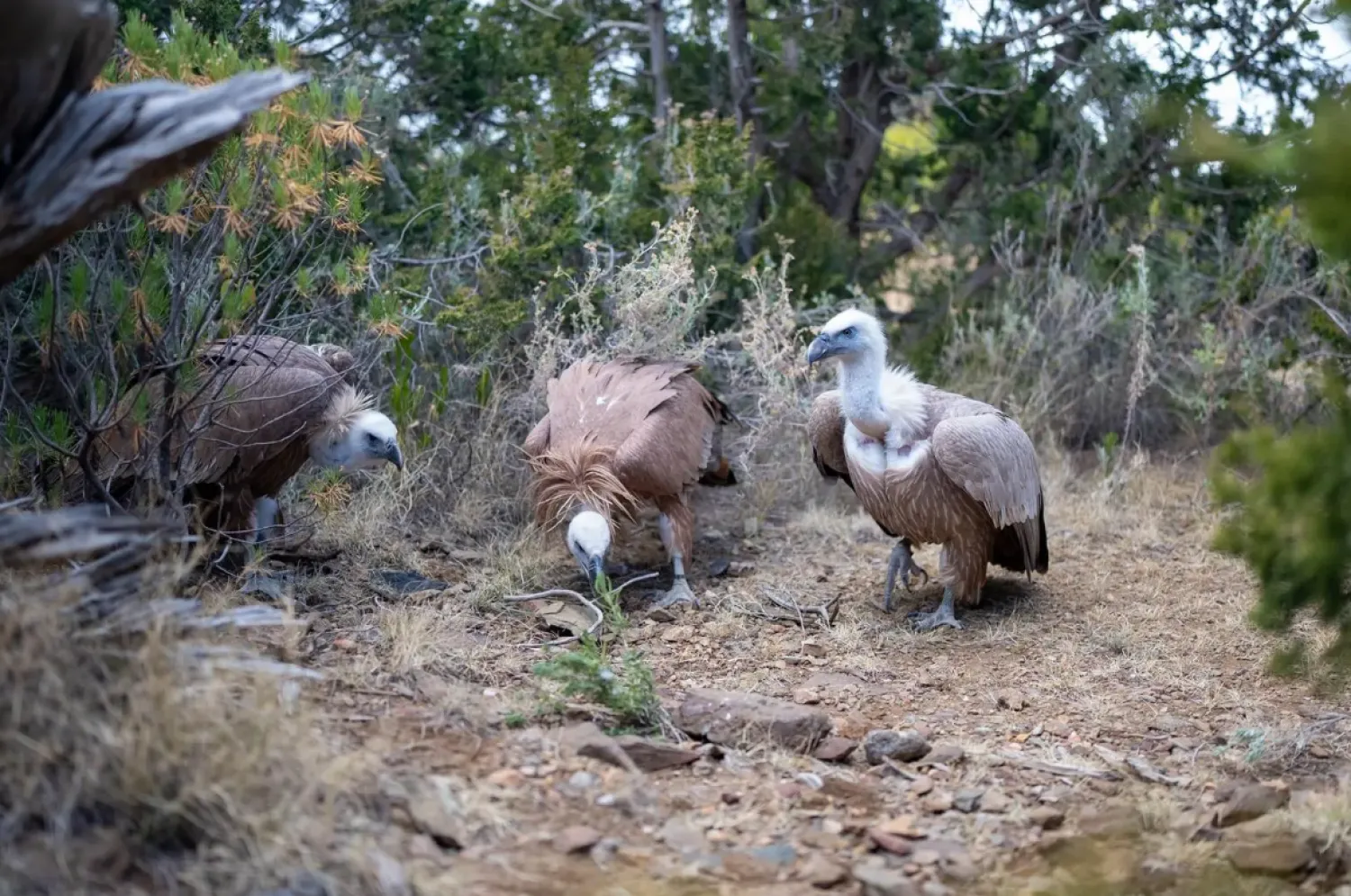The small Principality of Liechtenstein celebrates its third centennial anniversary this year. On this occasion, 110 artifacts selected from a treasure including 1700 paintings and tens of thousands other items will be displayed in Vienna, Austria.
The Liechtenstein family is one of Europe's wealthiest noble families, and its assets include a huge artistic treasure that is not usually offered to the general public.
Liechtenstein princes have been collecting artifacts for over four centuries. This remarkable period is displayed at the Albertina Museum, where the bust of the Roman Emperor Marcus Aurelius welcomes visitors.
Other works include a surrealist portrait of painter Giuseppe Arcimboldo, which is a complex fusion of different animals.
"We stopped collecting contemporary art at the end of the 19th century," Prince Alois, the heir of Liechtenstein's throne, told Austrian television in Albertina.
The paintings are usually shown at the Royal Family Palace in Vienna known for its historic interior golden design, rather than under museum conditions.
According to the German News Agency, Alois's ancestors lived in Vienna until the Nazis took control of Austria in 1938. They then settled in Liechtenstein, a small country between Austria and Switzerland.
The Liechtenstein family, after which the principality has been named, has a wealth that includes a private bank as well as forestry and industrial investments.
Hans-Adam II, the reigning Prince of Liechtenstein, started the costly refurbishment of the palace and the family-owned palace in Vienna to showcase its art collection, but he declared the museum palace closed in 2011 because he was disappointed with the number of visitors. The palace located in the city center was completed without being opened to the public.
Visitors can still see interior design in guided tours a few times a month. Those who are willing to pay more can get an exclusive entry on a private tour for 250 euros ($282), or spend several thousand euros to book a private party or wedding at the former royal palace.
The "Rubens to Makart Liechtenstein, The Princely Collections" exhibition will run in Albertina until June 10.









